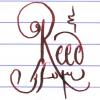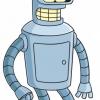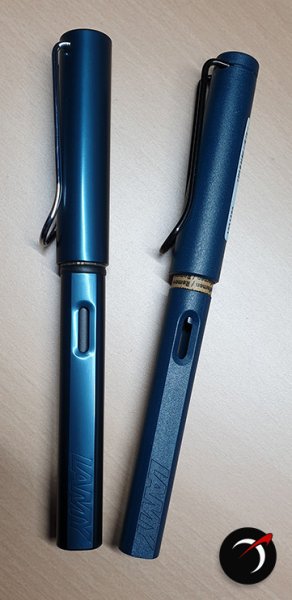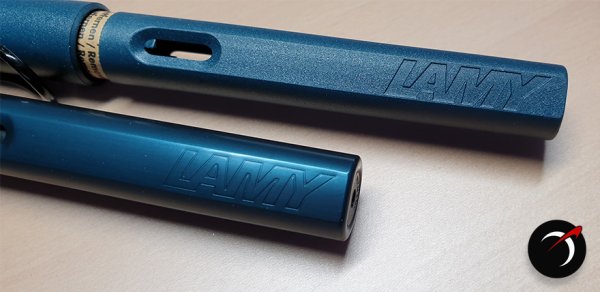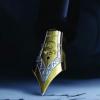Search the Community
Showing results for tags 'blue'.
-
Pelikan Edelstein Golden Lapis Ink of the Year 2024 In 2011 Pelikan introduced the Edelstein series of high-end inks, available in a variety of colours. The theme of the Edelstein concept is the gemstone – each ink corresponds to the beautiful colour of a gem. The Edelstein li...
-
Well, my guess is nearly everyone has heard of Pilot Iroshizuku line of inks, if they have not had the good fortune to actually use them. Visvamitra did a review of all of those inks not so long ago. I've had this ink for some time but only recently worked through a review. Kon-peki is a fairly brig...
- 13 replies
-
- iroshizuku
- kon-peki
-
(and 1 more)
Tagged with:
-
Rohrer & Klingner - Limited Edition 2024 - Blue Eyed Mary Special limited edition 2024 by R&K. It is named after the plant Omphalodes verna, creeping navelwort or blue-eyed-Mary. Photo: Courtesy of WIkipedia. After the gorgeous Ebony, this one is superbly underwh...
-
Ink Review : Diamine Blue Velvet (150th Anniversary Ink) Pen: Lamy AL-star Ocean Blue, M-nib Paper: Rhodia N° 16 notepad 80 gsm Review This ink is part of the 8-color set that Diamine released to celebrate their 150th anniversary (1864-2014). The set has quite a number of interesting col...
- 15 replies
-
- diamine
- blue velvet
-
(and 1 more)
Tagged with:
-
Rohrer and Klingner Isatis Tinctoria (2021 Limited Edition) Rohrer and Klinger – founded in 1892 in Leipzig, Germany – is a company that is mainly focusing on inks for all purposes, including fountain pen inks. Like every self-respecting company these days, they have started the...
- 6 replies
-
- rohrer & klingner
- isatis tinctoria
-
(and 2 more)
Tagged with:
-
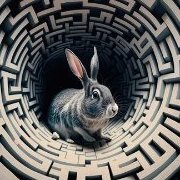
Just for Fun. Which Pen Would You Choose?
Baka1969 posted a topic in Fountain & Dip Pens - First Stop
Being a bit of a Montblanc fan, wanting to add a blue or blue/grey variant, and wanting to add more to the MB herd, I found a few potential candidates. Glacier La Petit Prince Skywalker Cool Blue Guilloche Starwalker Space Blue... -
Wearingeul – Lost (Demian) I’m sure I have more than enough inks already, but sometimes an opportunity rises to explore a new brand that wasn’t on my radar before. Some time ago Scrittura Elegante – a stationery shop from the Netherlands – announced that they would stop their business. D...
- 8 replies
-
- wearingeul
- lost (demian)
-
(and 2 more)
Tagged with:
-
Hi everyone, Is anyone else getting more practical with their ink choices? Although I have dozens of ink options, brands, and colors I find myself wanting to ink more with blues, blacks, greens and useable colors over the more whimsical colors like pinks, purples, reds, yellows or orange...
-

The Super Duper Co-Razy Parker Penman Sapphire - Blue - Comparisons Psp
amberleadavis posted a topic in Co-Razy-Views
Recently, DCWaites sent me a sample of Faux Parker Penman Sapphire #9, and a matching sample of the real Parker Penman Sapphire. I inked up a MB 149 on loan to me from fellow FPNer, Steve D. I then wrote 40 pages for this CRV. So, here's the plan, Sign up here for one of the 40 spots. Send $5... -
TACCIA Ukiyo-e Hiroshige ruri TACCIA is a Japanese stationery company, that - as far as I know - is now part of the Nakabayashi group. They offer high-quality fountain pens, inks, pen-rolls, notebooks, etc. More specifically, TACCIA produce a line of inks, inspired by the unique look of Ukiy...
- 8 replies
-
- taccia ukiyo-e
- hiroshige
-
(and 2 more)
Tagged with:
-
TACCIA Ukiyo-e Hokusai koiai TACCIA is a Japanese stationery company, that is part of the Nakabayashi group. They offer high-quality fountain pens, inks, pen-rolls, notebooks, etc. More specifically, TACCIA produce a line of inks, inspired by the unique look of Ukiyo-e paintings from Jap...
- 18 replies
-
- taccia
- taccia ukiyo-e
-
(and 4 more)
Tagged with:
-
I had a wee bit of unexpected cash, and decided to treat myself to a pen I've wanted for ages....the Delta Israel 60. It also felt apt as I was 69 in May I'm looking for the perfect matching shade of blue, from a reasonably available in UK brand. Any suggestions? Alex
-
Mikhail Lermontov (1814 -1841) Russian poet, novelist. Photo: Courtesy of Wikipedia. He came to prominence after Pushkin’s death, writing a poem in his memory, which landed him in hot water with the authorities and exiled him to the Caucuses. He wrote the first Russian psychological...
- 4 replies
-
- noodlers lermontov
- russian series
-
(and 3 more)
Tagged with:
-
Diamine Tudor Blue (150th Anniversary II) The ink maker from Liverpool is one of the staple brands in ink-land. They consistently produce solid inks for a very reasonable price. In 2017, Diamine released a second ink series to commemorate their 150th Anniversary. I obtained my set shortly th...
- 7 replies
-
- diamine
- 150 anniversary ii
-
(and 2 more)
Tagged with:
-
Nice ink from Kerala, India. https://krishnainks.com/ Apologies for the poor handwriting, and wrong name in the review.
-
This is a review of SKB Ink-220, what I call "Sky Blue" On my recent trip to Taiwan, I found a bottle of SKB Ink-220. SKB is one of the historic fountain pen manufacturers in Taiwan. The company was established in 1959 and at one time was one of the top 3 Taiwanese fountain pen manufacturers...
-

Private Reserve Lake Placid Blue Vs. Pilot Iroshizuku Asa-Gao
Antenociticus posted a topic in Ink Comparisons
I've been testing both ink samples and inexpensive Chinese pens. Yesterday I put some Private Reserve Lake Placid Blue into a Wing Sung 6359, and today I inked a Moonman 600S with some Pilot Iroshizuku Asa-Gao. I wasn't really thinking about them being similar colours. I've been working my way thr...- 9 replies
-
- blue
- private reserve
- (and 5 more)
-
desaturated.thumb.gif.5cb70ef1e977aa313d11eea3616aba7d.gif)
Platinum President fountain pen in blue PTB-20000P#59 still officially listed
A Smug Dill posted a gallery image in FPN Image Albums
From the album: Translated third-party content
In reply to: https://www.fountainpennetwork.com/forum/topic/368207-platinum-president-in-bluewhen-was-it-made/© Platinum Pen Co.
- 0 B
- x
-
- platinum president
- blue
-
(and 2 more)
Tagged with:
-
TAG Kyoto – kyo-no-oto ruriiro TAG is a stationary shop in Kyoto (Japan) that produces some interesting soft watercolour-style inks. With the kyo-no-oto series, they produce a line of inks that replicates traditional Japanese dye colours. According to available online info, the...
- 10 replies
-
- tag kyoto
- kyo-no-oto
-
(and 3 more)
Tagged with:
-
Hello my fellow fountain pen lovers. I love rich, vivid, deeply saturated fountain pen inks, particularly those that shade. My favorite inks are Colorverse Supernova, that shades gorgeously from a rich blue to a lighter blue, and Diamine November Rain, which in my green-and-black Pelikan M600, sha...
- 11 replies
-
- waterproof
- waterproof ink
- (and 7 more)
-
Mont Blanc - Petrol Blue For the past few years, Mont Blanc has followed the tradition of bringing out a Limited Edition "Colour of the Year" ink. These come in a 50 ml square bottle, and are typically available for a limited time only. In this review, I take a closer look at Petrol Blue, the co...
- 46 replies
-
- mont blanc
- petrol blue
-
(and 2 more)
Tagged with:
-
Hello Fellow FPNers, I have been away from fountain pens for about 10 years after many years using them almost exclusively. Now that I’m back in the fold, I’m wondering if there are any well behaved, beautiful waterproof inks out there I might not know about. I remember that most of th...
- 14 replies
-
- waterproof
- bulletproof
-
(and 3 more)
Tagged with:
-
I've just got this ink and I love it so much that I'd like to share with you, although I know there've been a lot of reviews of this ink already. I used a Lamy Vista 1.9 nib on Rhodia paper for this simple review. The colour is a bright ocean/cerulean blue well worth its name. The shading is amazi...
- 11 replies




